David Chipperfield’s sober extension of San Michele island cemetery in Venice
The tombs of generations of Venetians lie within the wave-lapped walls of San Michele island cemetery. David Chipperfield’s new cloistered courtyards seek to restore some of the cemetery’s original monumental qualities, emphasising the interiority and intimacy of the island used as Venice’s sole cemetery since 1837
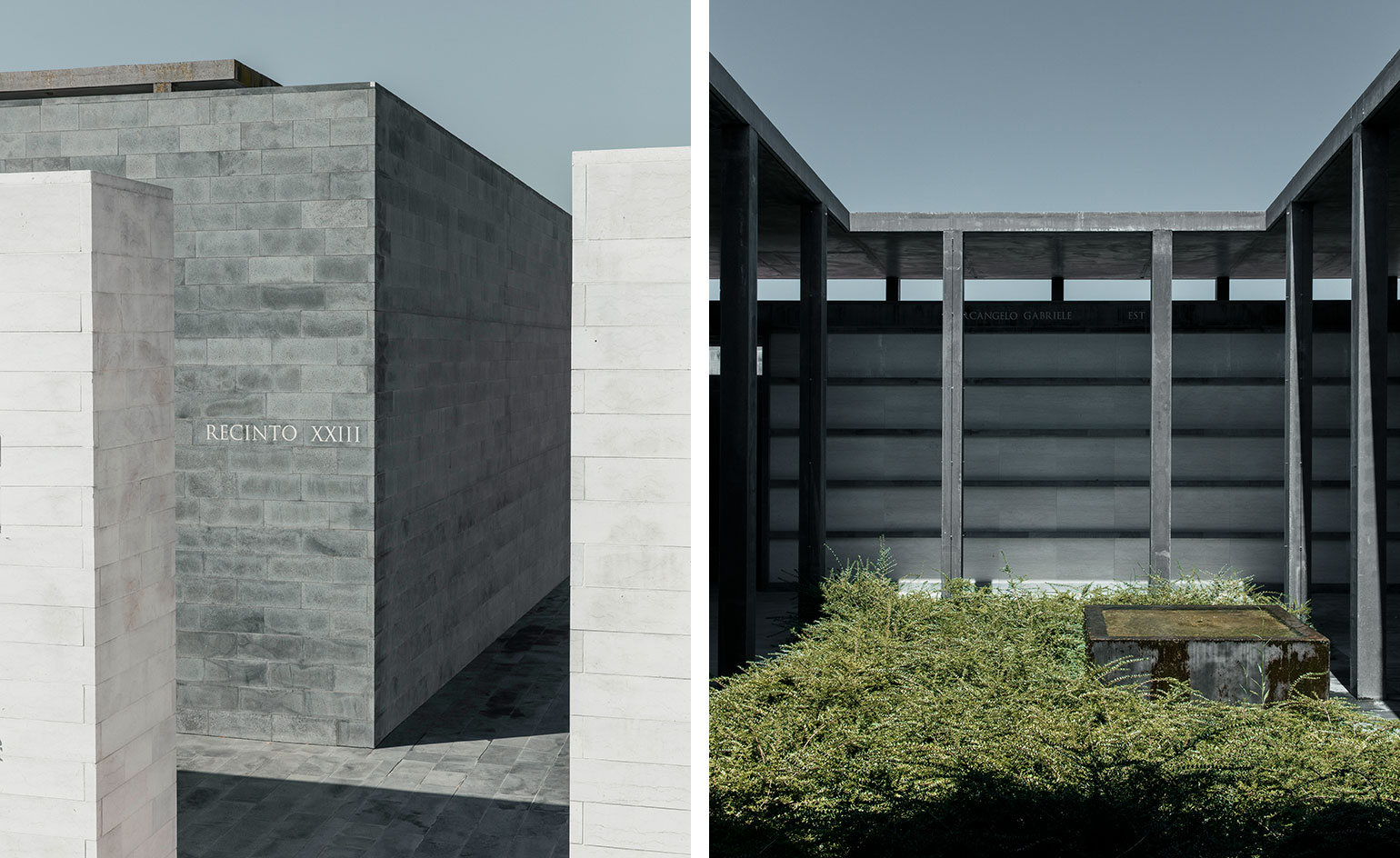
Back in 1998, David Chipperfield Architects (DCA) beat 145 other contenders to win a global competition for an extension to the Venetian island cemetery of San Michele. Thanks to the vagaries of Italian funding and bureaucracy, work didn’t begin until 2004. Another 14 years on, and the second (and potentially, last) phase of a revised scheme – including a new dock to supplement the existing pontoon on the island’s west side, and an administrative building – is now complete.
San Michele has been the city’s sole burial ground since 1837, and within its wave-lapped walls lie the tombs of generations of Venetians, as well as some illustrious foreigners, including ballet impresario Serge Diaghilev, composer Igor Stravinsky and poet Ezra Pound. After nearly 200 years of internments, the cemetery was running out of space, so the 1998 competition called for new columbariums, a chapel and a crematorium, plus an addition that would have seen an entirely new island constructed alongside the old.

A series of black concrete colonnades in one of the new courtyards, which are all lined with rows of burial recesses.
Giuseppe Zampieri, design director and partner of DCA Milan, explains the genesis of the Chipperfield design partly as a reaction to the existing layout of the site. ‘Being an island cemetery in the Venetian lagoon, the conditions of San Michele make it pretty unique,’ he says. ‘In recent years, however, the increasingly municipal character has become a contrast to its romantic exterior. Our design tried to address this imbalance and restore some of the cemetery’s original monumental physical qualities. Rather than the existing arrangement of tombs in parallel rows, the scheme is a new arrangement of walls enclosing rectangular courtyards. The walls are blind on the exterior but lined with burial recesses internally to emphasise this interiority and sense of intimacy.’
The project was developed in two main phases. The first element, the Courtyard of the Four Evangelists, was completed in 2007, and its design – being internally subdivided into smaller courtyards of different sizes, with basalt walls and pavement inlaid with text from the four gospels – served as a prototype for the subsequent courtyards on the site. The second phase, completed in 2017, includes an ossuary in white Istrian stone, the Courtyard of the Three Archangels, and a service building in red brick. For the moment, a third phase, including more courtyards, an ossuary and the new island extension, is still to be confirmed, pending appropriate funding (the city having vastly overspent on the controversial, still-unfinished barrage that is supposed to protect it from major floods).

New trees have been planted to match the rest of the island cemetery, which is dotted with gardens and cypress trees.
Death, in Venice, has a history as picturesque as anything else in this strangest and most alluring of cities. In the Middle Ages, the rich were buried in churches and the poor in campielli dei morti, or ‘little fields of the dead’, which sound deeply romantic but in reality were hellishly dank, overcrowded scraps of land. The campielli were finally closed in 1837, thanks to reforms introduced under the Napoleonic occupation, and the city’s departed began to be shipped across the lagoon to San Michele, which from then on was devoted entirely to the dead. Surrounded by high walls and shaded with cypress trees, the island is a haunting spot. But it’s also quietly lively: the pressure of space is such that most tombs have to be vacated after just ten to 12 years, so plots are visited on a regular basis and decorated with flowers left by those for whom their loved ones’ memory is often all too fresh.
Given the refined modernism of Chipperfield’s designs, one might think that florid inscriptions and floral tributes would be, to use an architect’s cliché, unwelcome interventions. Yet Zampieri seems unworried. ‘Our design is intended to create a general unity and a sense of dignity, but not to control every detail,’ he says. ‘We have left space for inscriptions and flowers, and we are relaxed about how visitors will introduce their own items – though of course we hope that they find the courtyards beautiful resting places that do not need too much embellishment.’
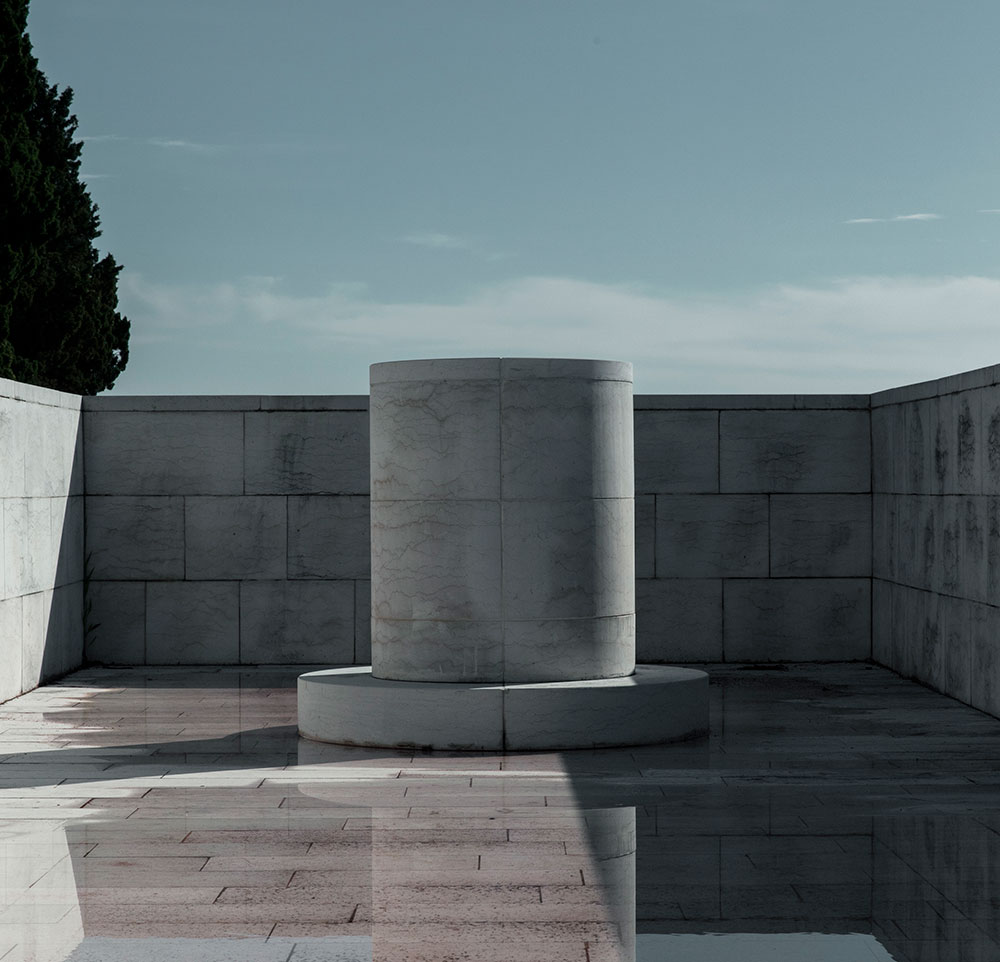
The ossuary is made of Istrian stone, a type of non-porous limestone that is quarried in nearby Croatia and has been used to build many of Venice’s palaces and monuments, and line its canals.
Chipperfield’s cloistered courtyards are, indeed, dignified and beautiful. As Zampieri points out, Venice is a city of enclosed public spaces, and the new buildings on San Michele ‘offer a model for a series of spaces that can be interconnected, differing in size but sharing similar characteristics. The island has been in constant development for 200 years, and will likely continue to develop in the future, so it was important to find a device that can be used in varying ways.
As originally featured in the November 2018 issue of Wallpaper* (W*237)
INFORMATION
For more information, visit the David Chipperfield Architects website
Wallpaper* Newsletter
Receive our daily digest of inspiration, escapism and design stories from around the world direct to your inbox.
-
 All-In is the Paris-based label making full-force fashion for main character dressing
All-In is the Paris-based label making full-force fashion for main character dressingPart of our monthly Uprising series, Wallpaper* meets Benjamin Barron and Bror August Vestbø of All-In, the LVMH Prize-nominated label which bases its collections on a riotous cast of characters – real and imagined
By Orla Brennan
-
 Maserati joins forces with Giorgetti for a turbo-charged relationship
Maserati joins forces with Giorgetti for a turbo-charged relationshipAnnouncing their marriage during Milan Design Week, the brands unveiled a collection, a car and a long term commitment
By Hugo Macdonald
-
 Through an innovative new training program, Poltrona Frau aims to safeguard Italian craft
Through an innovative new training program, Poltrona Frau aims to safeguard Italian craftThe heritage furniture manufacturer is training a new generation of leather artisans
By Cristina Kiran Piotti
-
 2026 Olympic and Paralympic Torches: in Carlo Ratti's minimalism ‘the flame is the protagonist’
2026 Olympic and Paralympic Torches: in Carlo Ratti's minimalism ‘the flame is the protagonist’The 2026 Olympic and Paralympic Torches for the upcoming Milano Cortina Games have been revealed, designed by architect Carlo Ratti to highlight the Olympic flame
By Ellie Stathaki
-
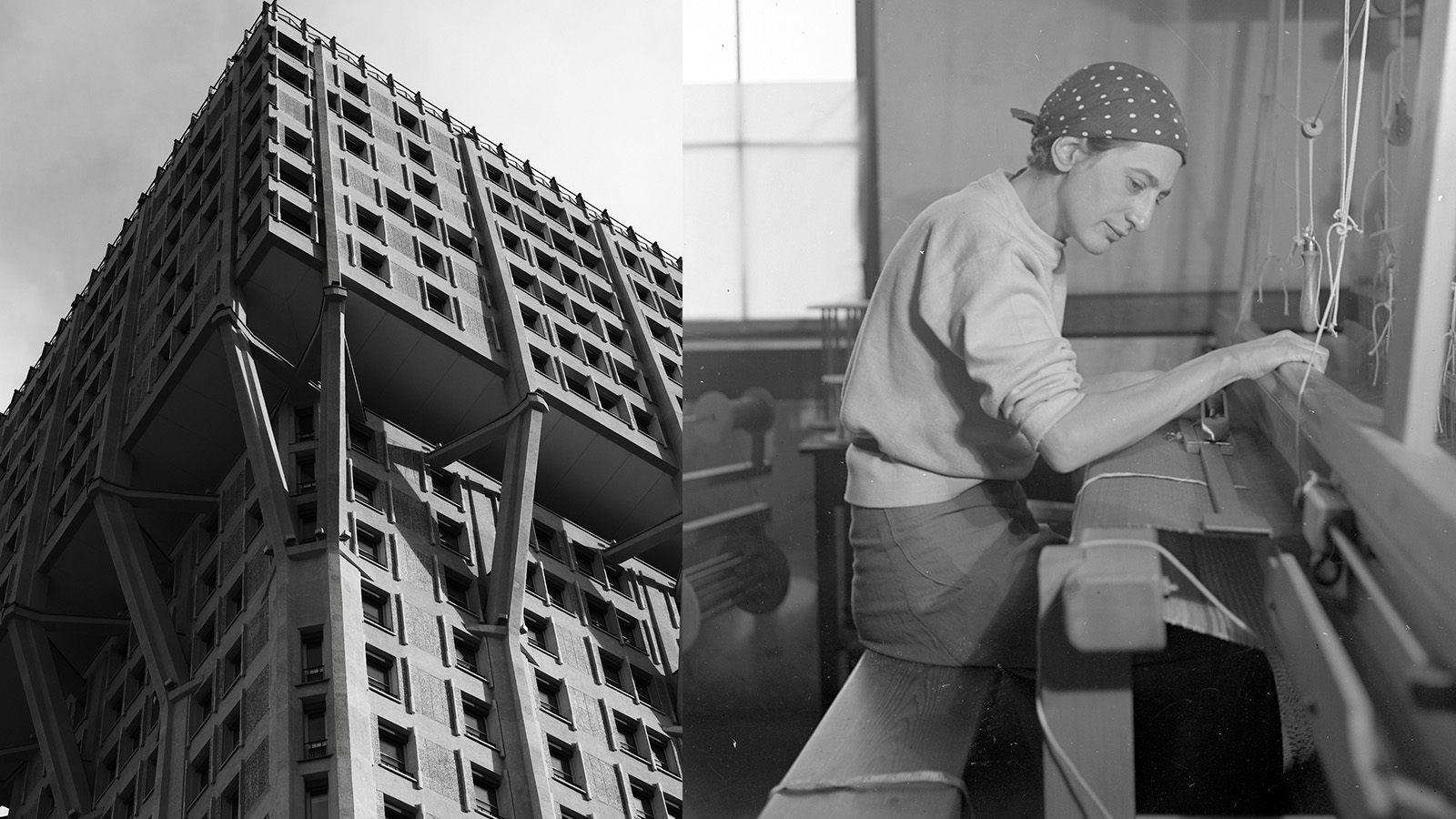 Anni Albers' weaving magic offers a delightful 2-in-1 modernist showcase in Milan
Anni Albers' weaving magic offers a delightful 2-in-1 modernist showcase in MilanA Milan Design Week showcase of Anni Albers’ weaving work, brought to life by Dedar with the Josef & Anni Albers Foundation, brings visitors to modernist icon, the BBPR-designed Torre Velasca
By Ellie Stathaki
-
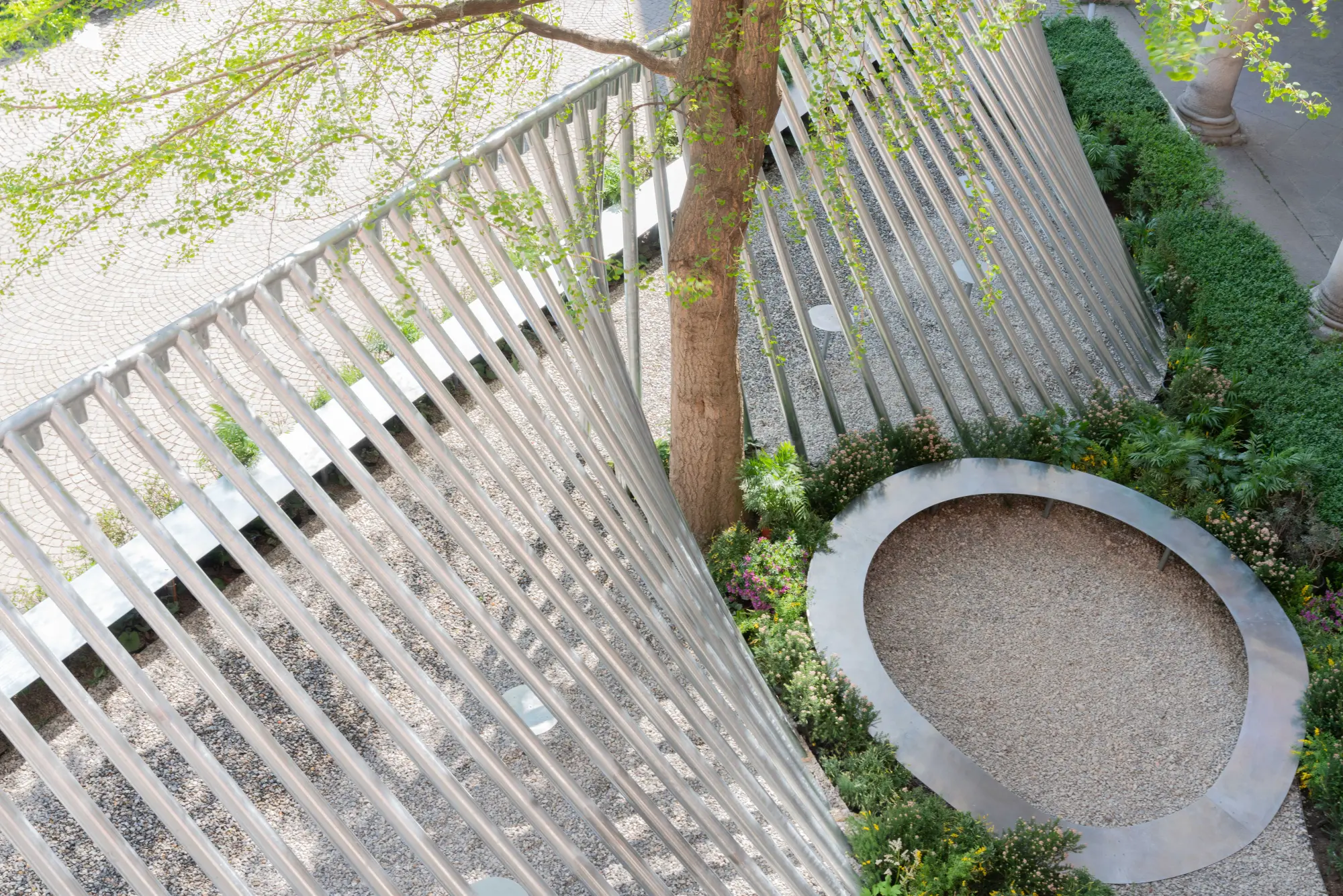 Milan Design Week: ‘A Beat of Water’ highlights the power of the precious natural resource
Milan Design Week: ‘A Beat of Water’ highlights the power of the precious natural resource‘A Beat of Water’ by BIG - Bjarke Ingels Group and Roca zooms in on water and its power – from natural element to valuable resource, touching on sustainability and consumption
By Ellie Stathaki
-
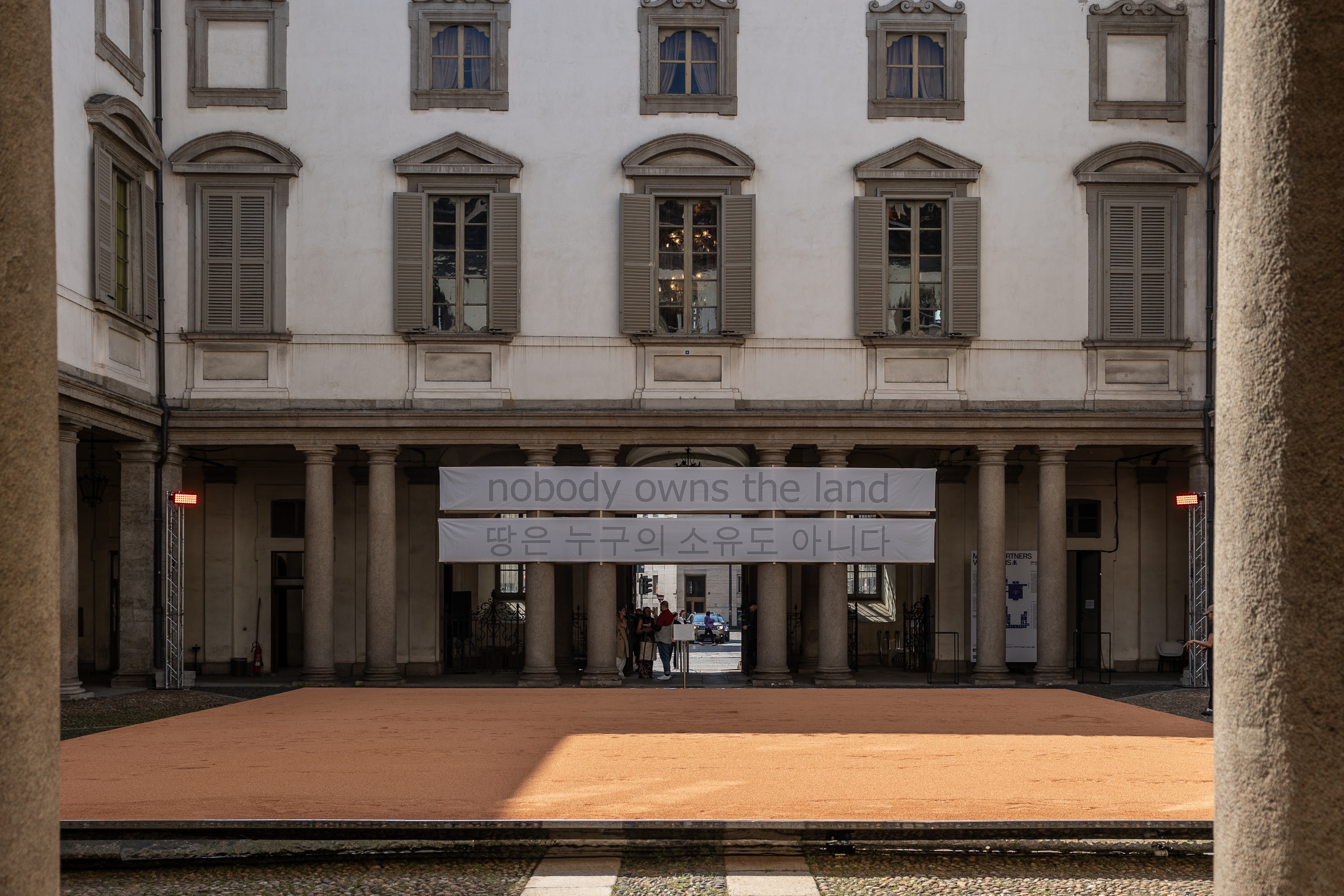 This Milan Design Week installation invites you to tread barefoot inside a palazzo
This Milan Design Week installation invites you to tread barefoot inside a palazzoAt Palazzo Litta, Moscapartners and Byoung Cho launch a contemplative installation on the theme of migration
By Ellie Stathaki
-
 The upcoming Zaha Hadid Architects projects set to transform the horizon
The upcoming Zaha Hadid Architects projects set to transform the horizonA peek at Zaha Hadid Architects’ future projects, which will comprise some of the most innovative and intriguing structures in the world
By Anna Solomon
-
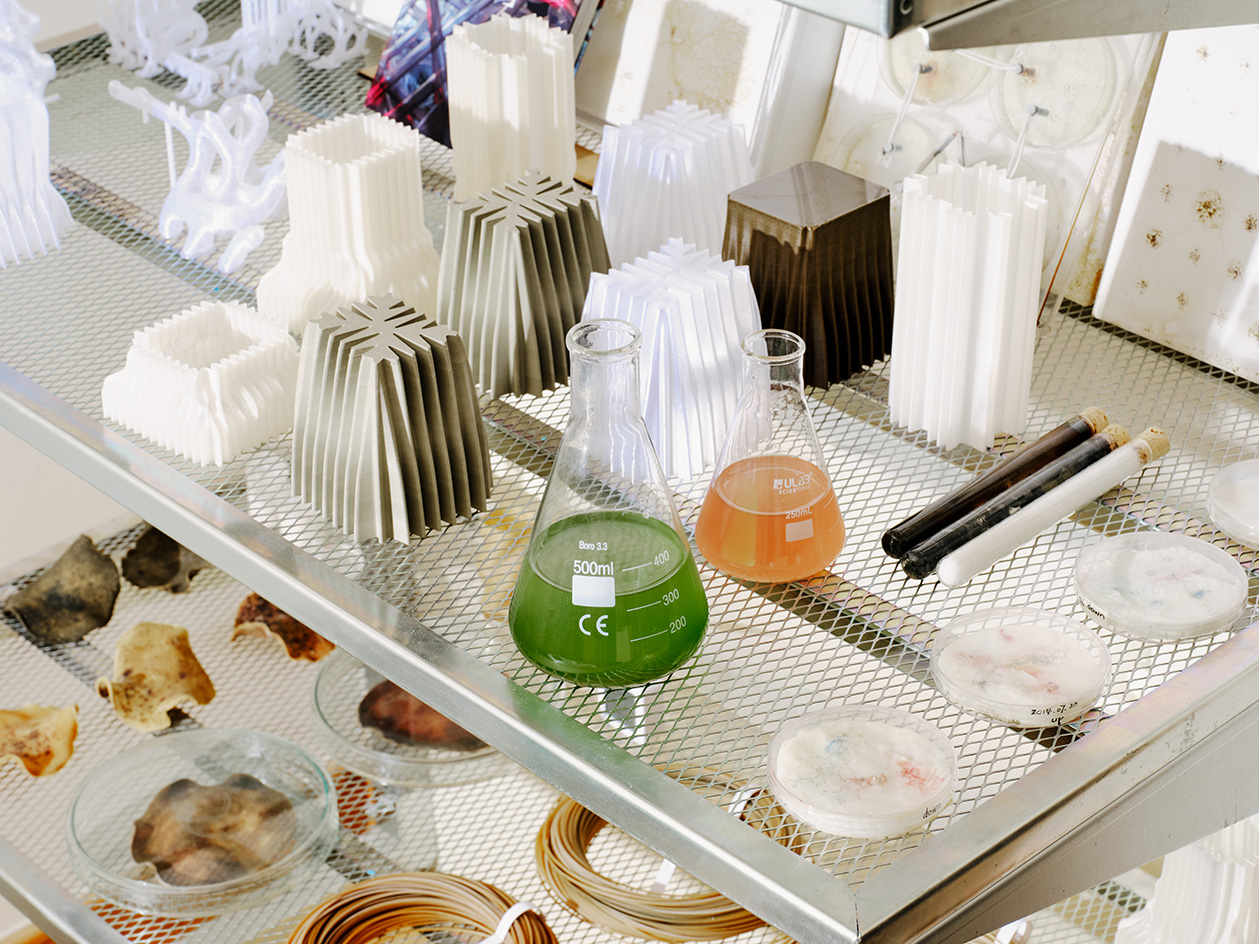 Is biodesign the future of architecture? EcoLogicStudio thinks so
Is biodesign the future of architecture? EcoLogicStudio thinks soWe talk all things biodesign with British-Italian architecture practice ecoLogicStudio, discussing how architecture can work with nature
By Shawn Adams
-
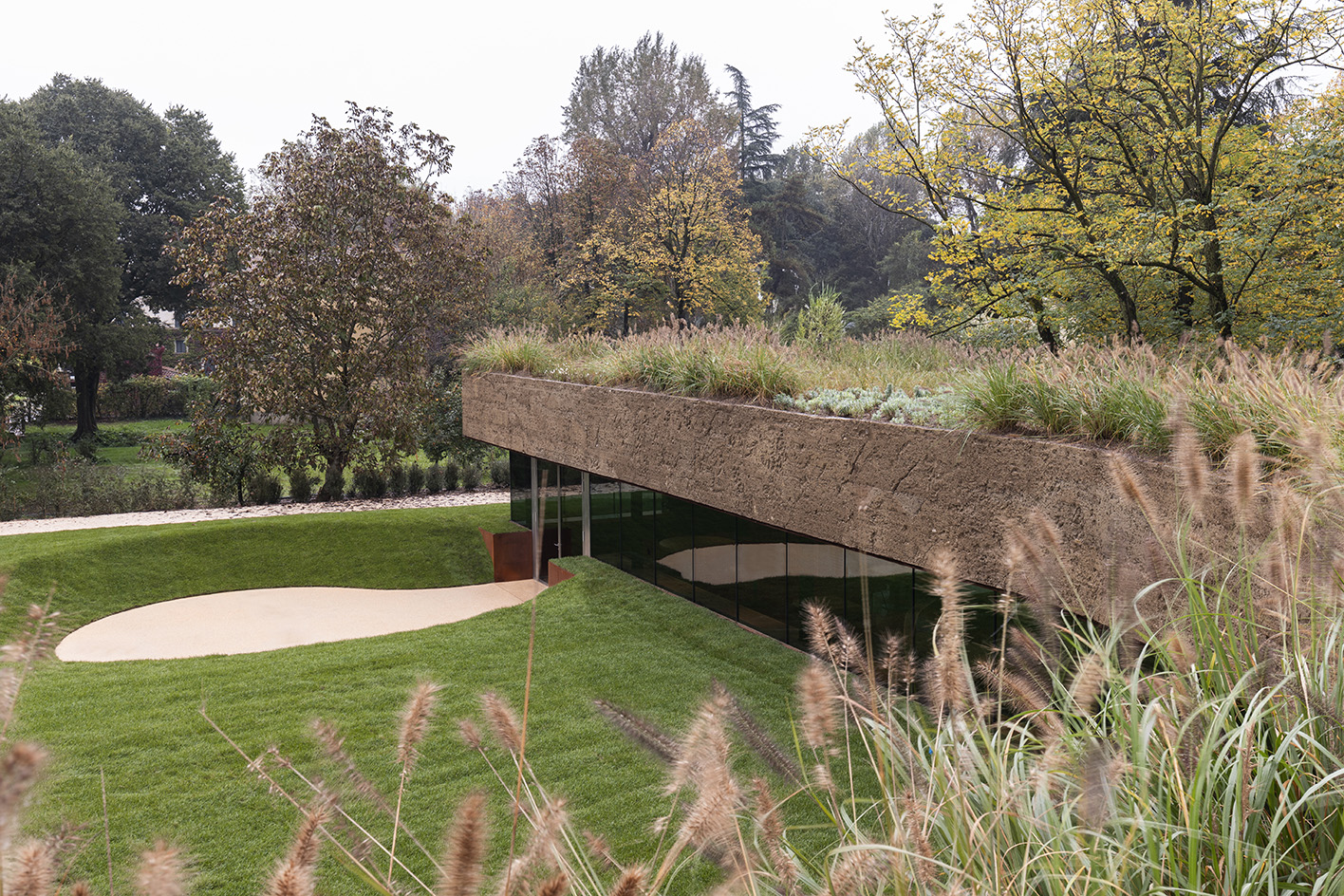 Meet Carlo Ratti, the architect curating the 2025 Venice Architecture Biennale
Meet Carlo Ratti, the architect curating the 2025 Venice Architecture BiennaleWe meet Italian architect Carlo Ratti, the curator of the 2025 Venice Architecture Biennale, to find out what drives and fascinates him ahead of the world’s biggest architecture festival kick-off in May
By Ellie Stathaki
-
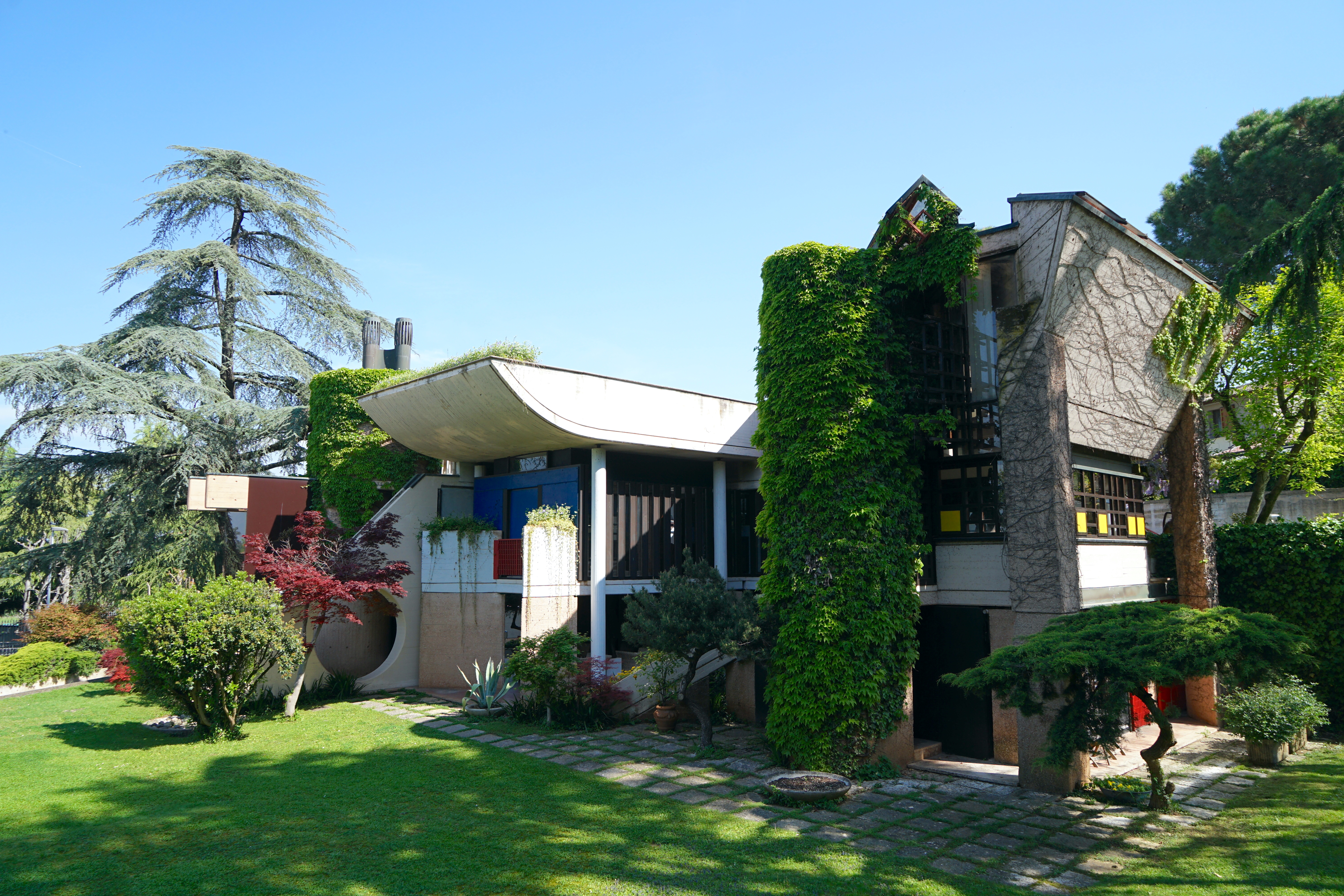 The brutal harmony of Villa Caffetto: an Escheresque Italian modernist gem
The brutal harmony of Villa Caffetto: an Escheresque Italian modernist gemThe Escheresque Italian Villa Caffetto designed by Fausto Bontempi for sculptor Claudio Caffetto
By Adam Štěch